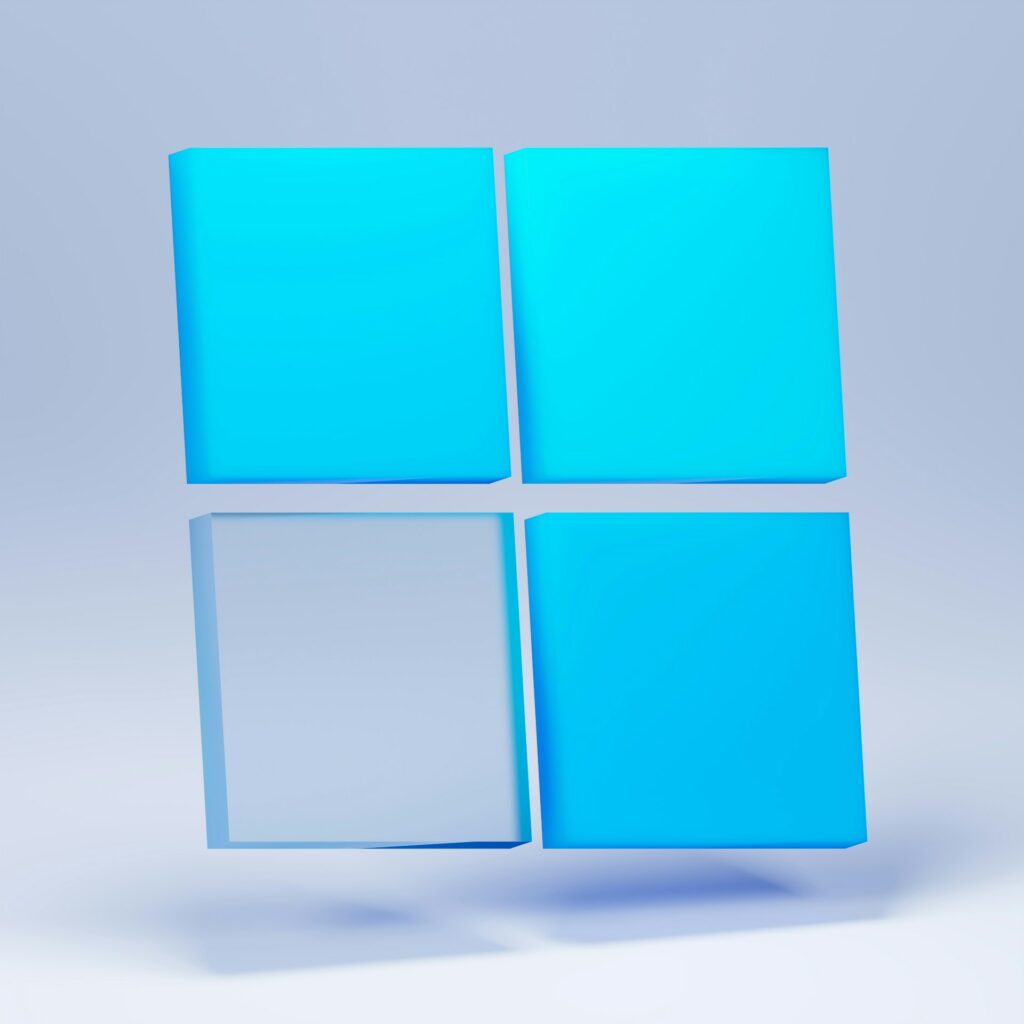A Guide to Using the Windows Sandbox for More Secure Testing

A Guide to Using the Windows Sandbox for More Secure Testing
If you test out software that you are not familiar with, open attachments that seem suspect, or visit websites that are unsafe, your computer might be vulnerable to malware and system instability. The Windows operating system provides a function known as Windows Sandbox, which is designed to reduce the likelihood of these dangers occurring. This feature creates a safe and isolated environment in which you may execute potentially harmful applications without harming your primary system. Sandbox is a powerful tool that will allow for safer testing and experimenting for users of all types, including IT experts, developers, and regular users.
Is the Windows Sandbox a concept?
Microsoft Windows Sandbox is a lightweight virtualized environment that is incorporated into Windows. It enables users to execute apps in total isolation from one another. Everything that you do inside the sandbox will remain within the sandbox; once you close it, all of the files, settings, and applications that you have installed will be removed immediately. The fact that it is able to test untrusted software or carry out dangerous actions without affecting your real computer makes it a perfect tool for testing.
Necessary Conditions for Utilizing the Windows Sandbox
Before you enable Sandbox, check that your system satisfies the prerequisites listed below the following:
- Available on Windows 10 Pro, Enterprise, and Windows 11 Pro/Enterprise, Windows Edition is a computer operating system.
- 64-bit central processing unit (CPU) with support for virtualization (either Intel VT-x or AMD-V).
- RAM: A minimum of 4 gigabytes, with 8 gigabytes or more being recommended.
- Minimum of one gigabyte (GB) of free space on the disk.
- Configuration of the BIOS Virtualization is enabled in the BIOS/UEFI.
- In the event that your system does not fulfill these prerequisites, the functionality will not be shown.
Implementing a Sandbox for Windows
Use the Win key and the S key to search for Windows Features.
- To turn Windows features on or off, choose the switch.
- Check the box next to Windows Sandbox on the list.
- After clicking the OK button, restart your computer.
- You can locate Sandbox in the Start menu after you have restarted your computer.
Windows Sandbox is being launched.
- Using the Start menu, enter Windows Sandbox into the search bar.
- Upon opening, the sandbox appears in a window that has the appearance of a newly installed version of Windows.
- Within this secluded environment, you are now able to execute programs and tasks.
Operating Software Within a Sandbox Environment
To give a program a test:
- Make a copy of the file or installation from your primary computer.
- Apply it to the Sandbox window by pasting it.
- Install the program and execute it in the same manner as you would on a typical computer system.
- It is impossible for the software to do damage to your actual system if it is malicious or unreliable.
A Sandbox for a More Secure Web Browsing Experience
Not only can you use Sandbox for applications, but you can also utilize it to browse websites that you are skeptical about.
- Use the Sandbox to launch Microsoft Edge or another browser of your choosing.
- Spend time on the internet without worrying about infecting your primary computer.
- Following the closing of Sandbox, all of your browser history and data will be deleted.
Files being moved in and out of the system
It is possible to copy files into Sandbox from your host system; but, once Sandbox is closed, all of the files that are contained inside it are removed forever. In this way, the isolated environment is protected from any potentially dangerous exposure.
Personalization of the Windows Sandbox
For more complex situations, Windows Sandbox may be customized by utilizing configuration files written in the.wsb file format. You have the ability to:
- Use preloading to load certain scripts or programs.
- In order to enable or stop network access.
- Folders may be shared between the host and the Sandbox.
- Make adjustments to the GPU’s use.
- It is possible, for instance, to construct a configuration file that will automatically start a test application inside Sandbox whenever the program is launched.
Factors to Consider in Regards to Performance
Sandbox does suck up system resources due to the fact that it operates on a temporary virtualized operating system. In order to get optimal performance:
- In the BIOS, check to see if virtualization is enabled.
- Get at least 8 gigabytes of random access memory (RAM).
- Put an end to any superfluous apps operating in the background before you start Sandbox.
Restrictions imposed by the Windows Sandbox
- The Home versions of Windows do not have this feature.
- When Sandbox is closed, all modifications that have been made are lost (this is by design).
- It is not possible to preserve snapshots or permanent states, which is a limitation in comparison to complete virtual computers.
- A dedicated virtual machine could be a preferable option for testing that lasts for an extended period of time or for complicated customizations.
Applications of Windows Sandbox in Real-World Situations
Installers and applications that you do not completely trust should be tested in a secure environment.
- You can view attachments without putting yourself at risk of infection by opening suspicious files.
- Attempting to Experiment with Settings: If you want to avoid damaging your primary system, you may attempt registry modifications or scripts.
- Searching for Dangerous Websites: Keep any possible dangers contained inside the sandbox.
- Simulating user environments for the purpose of diagnosis is part of IT troubleshooting.
The Windows Sandbox provides you with a safe and disposable environment that instills trust in you whether you are trying new applications or investigating potentially harmful files and links. Because it separates activities from your primary computer, it removes the possibility of virus infestations or harm that is irreversible. By activating and using Sandbox, you may improve the efficiency and safety of your work, regardless of whether you are an IT specialist, a developer, or a casual user. It is one of the most essential tools that comes with Windows, and it allows for testing that is both speedy and risk-free.




